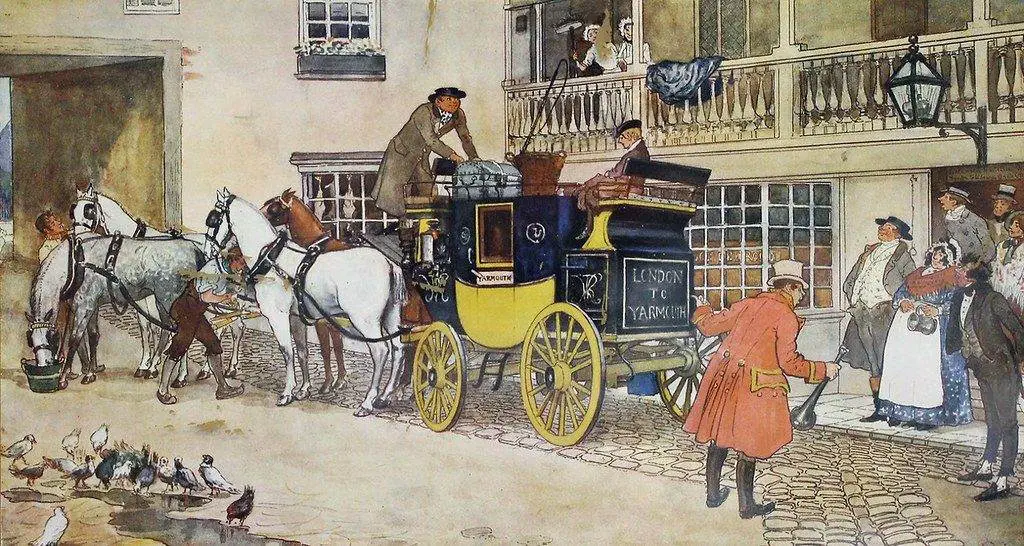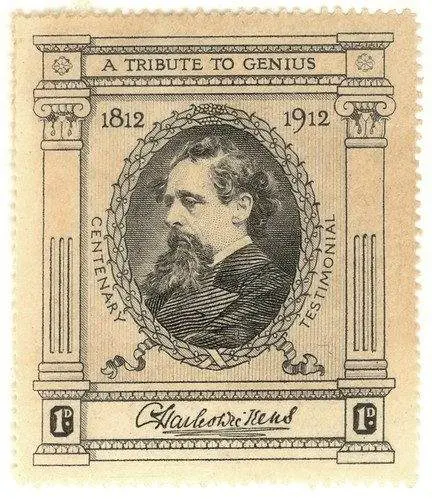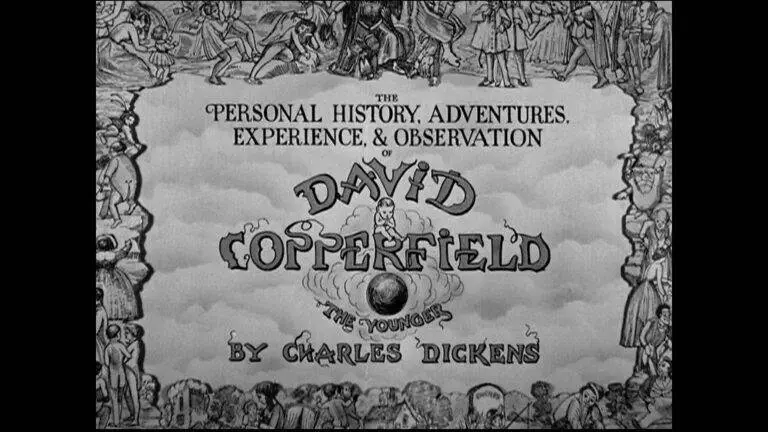Published serially 1849-1850, David Copperfield is considered Charles Dickens’ masterpiece and the most autobiographical of his novels. It follows its eponymous protagonist from birth to maturity as he journeys through adversity to become a successful author. Through David’s moral and professional development, Dickens provides insightful social commentary on 19th century England while emphasizing the formative influence of childhood. An essential Bildungsroman in English literature, David Copperfield established the template for coming-of-age stories.
Table of Contents
Plot Summary
Born after his father’s death, David Copperfield is raised by his kind-hearted but financially unstable mother and their housekeeper Peggotty. After his mother marries the strict Mr. Murdstone, David suffers cruelty at boarding school.
When his mother dies, David’s stepfather sends him to London to work in a factory. He finds refuge with Peggotty’s family, including her brother Mr. Peggotty and his orphaned niece Little Em’ly. David later attends school with prodigy Steerforth who seduces and abandons Little Em’ly.
After many ups and downs and deaths in his family, David ultimately finds success as a novelist. He marries his second wife Agnes and finds domestic bliss as his emotional journey comes full circle.
Themes and Analysis
Major themes depicted in David Copperfield are:
- Journey from adversity to success through diligence and morality
- Impact of grief, neglect and abuse in childhood
- Class inequities in Victorian society
- Corruption of innocence and virtue
- The creative power of imagination and storytelling
- Nostalgia for childhood and past in adult memory
- Cyclical nature of life from birth to maturity

Dickens uses dramatic plot twists and sentiment to explore social injustice. By exposing troubled institutions like prisons, orphanages and factories through David’s eyes, he paved reform. The semi-autobiographical protagonist’s development paralleled Dickens’ own trajectory. The narrative structure goes from fragility to worldly success.
Read These Too:
- 3 Great Works of James Joyce
- Samuel Beckett and the Theatre of the Absurd
- Edward Bond: The Playwright Who Dared to Challenge Norms
Dickens’ Life and Times
Born in England in 1812, Charles Dickens used his difficult childhood as material for novels championing the poor and oppressed.
Relevant historical context includes:
- Rapid industrialization and rise of urban centers in 19th century England
- Widening class divides and social inequality
- Exploitative child labor practices in factories, mines and chimneys
- Proliferation of slums, debtors’ prisons and unsanitary conditions
- Self-made men achieving wealth and status through commerce
- Expanding British colonialism linking England to far corners

David Copperfield critiqued social and legal injustices that Dickens recognized from personal experience. It helped galvanize public conscience.
Analysis of Key Characters
David Copperfield – The sympathetic protagonist and semi-autobiographical lens through which Dickens revisits his early life.
Peggotty – David’s loving caretaker as a child whose unconditional support is his emotional anchor.
Mr. Murdstone – David’s cruel stepfather whose harshness traumatizes him, coloring his worldview.
Betsey Trotwood – David’s formidable but kind great-aunt who provides him refuge in youth and adulthood.

Agnes Wickfield – David’s idealized second wife and the “angel in the house” archetype of feminine virtue.
Uriah Heep – The smarmy, insincere villain who exploits many characters and serves as a social parasite.
Impact and Legacy
As an early Bildungsroman, David Copperfield profoundly influenced literature:
- Its episodic rags-to-riches story defined the mold for fictional coming-of-age narratives.
- Introduced psychological realism and introspection in depicting David’s formative experiences.
- Critique of child labor, debtors’ prisons, and slums spurred social reform.
- Peggotty established the iconic nurturing maternal figure in fiction.
- Uriah Heep became the archetypal creepy, unctuous villain.
- Autobiographical protagonist’s development arc pioneered modern fictional memoir.
- Demonstrated the immersive potential of long serial novels filled with drama.
- Dickens’ sentimental style was widely imitated in Victorian popular fiction.
- It expanded the palette of characters, environments and experiences seen in novels.
- Established many tropes of melodramatic Victorian novels like coincidences, cliffthangers, twisting plots etc.
Why Read David Copperfield
Here are some of the key reasons why the novel remains compelling:
- It provides vivid insight into 19th century England through David’s eyes.
- David is a sympathetic protagonist that readers see grow up.
- It movingly highlights the precariousness of childhood.
- Features a memorable array of characters from heroes to villains.
- Dickensian dramatic plotting with constant surprises.
- Powerful social commentary on issues like child abuse, poverty etc.
- Nostalgic recreation of childhood and adolescent experiences.
- Poignant emotional moments as David loses loved ones.
- Ambitious scope as a sweeping fictional memoir.
- Dickens’ rich descriptive language and humor.
Read These Too:
Conclusion
Charles Dickens’ tragic yet uplifting novel of moral education established the coming-of-age template. David Copperfield’s journey from early adversity to success inspired countless fictional heroes. Full of colorful characters and insight into 19th century England, it is a deeply human narrative. Two centuries later, David Copperfield endures as one of the great Bildungsroman novels in English literature.


